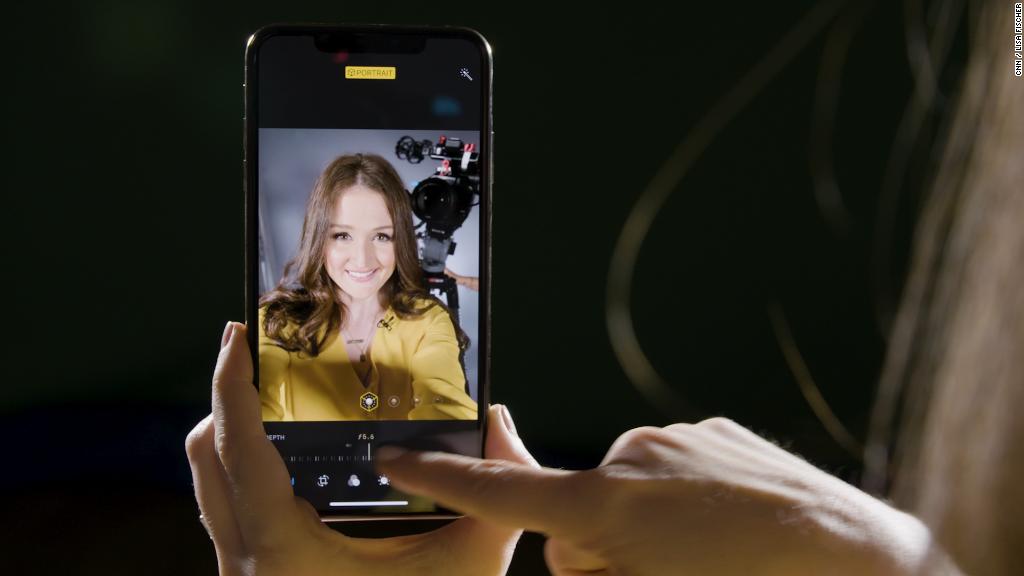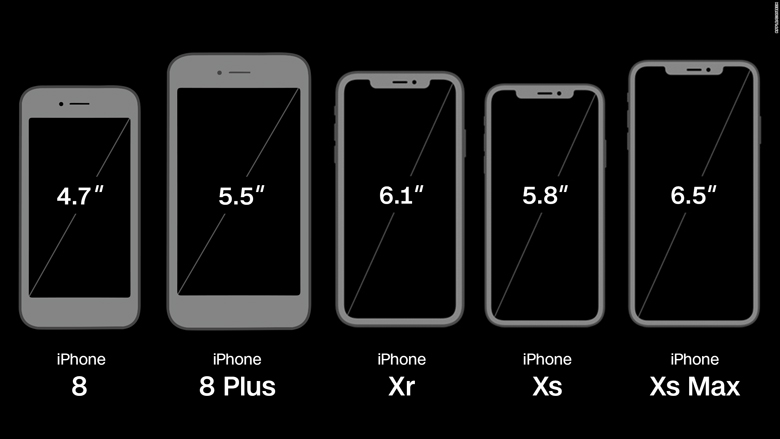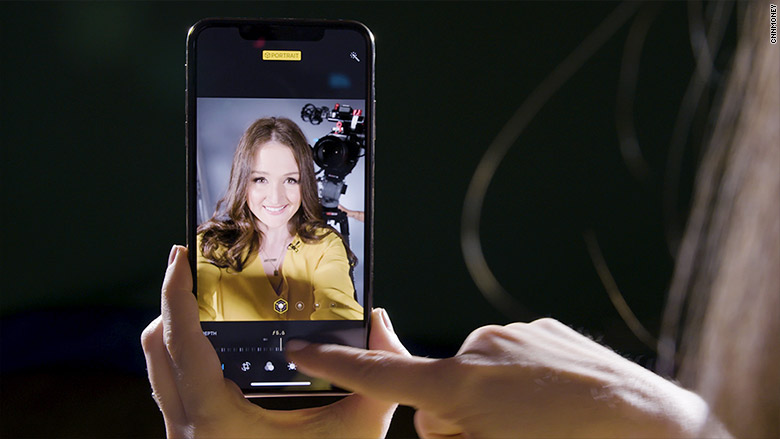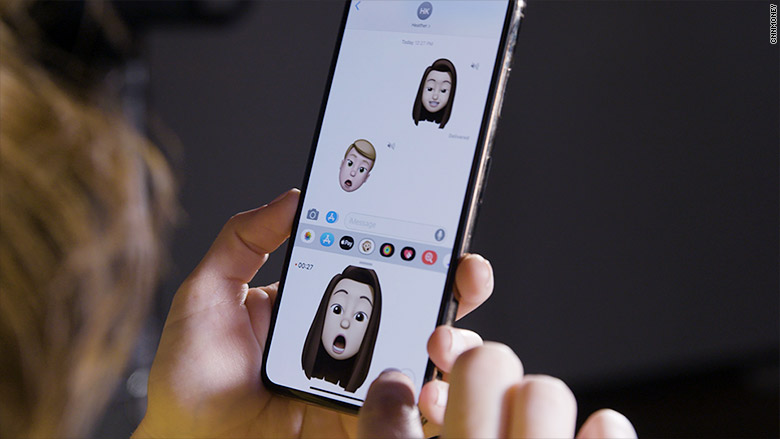
Each year, Apple CEO Tim Cook calls the next-generation iPhones the best ever made.
The company's 2018 lineup, specifically the iPhone XS and XS Max, delivers on that promise: They're the smartest, fastest, best iPhones we've seen to date.
But at this point, buying an updated iPhone is like getting a new Ferrari -- you'll find a faster engine, a new coat of paint, and a few new bells and whistles, but beneath all that it's still basically the same car you could have bought last year. And just like that new Ferrari, these new iPhones are going to cost you a lot of money.
The 5.8-inch iPhone XS, due in stores on Friday, starts at $999. Its 6.5-inch big sister, the iPhone XS Max, which launches on the same day, costs $100 more. Want the fully souped-up Max, with 512 GB of storage? That'll cost you $1,449. The "affordable" iPhone XR ($749) ships next month.
All of this is a lot to pay for a mostly incremental upgrade, especially now that upgrading isn't always necessary, since iPhones hold up so much better than they used to.

That doesn't mean you shouldn't buy one. The XS and XS Max are worthy upgrades with impressive features. Whether or not either model is for you is up to your needs -- and, more importantly, your budget.
Note: If you've been reading this as the "X" S and "X" Max, tell your eyes to stop. It's the iPhone 10S and 10S Max. Don't worry, we've been saying it wrong all week, too.
What to expect with the iPhone XS and XS Max
The iPhone XS and iPhone XS Max's internals are nearly identical: With each, you get a 12 megapixel camera, better-sounding speakers and the ability to pack two SIM cards into one device -- a solid perk for international travelers or people who have to switch between a device for work and one for personal use.
The phones come with Apple's new A12 bionic chip, which helps power complex augmented reality apps and what makes Face ID and games load faster. Apple played up the speed of these new phones during its product announcement, and they are fast. But so were the models before them.

Both models feature gorgeous OLED screens that make watching videos, especially on the XS Max, totally immersive.
Battery life is also improved on both devices. Apple (AAPL) says you can squeeze about 30 minutes longer on the XS compared to last year's X, and 90 minutes longer on the Max. It's not a game changer, but we'll take any extra minutes we can get.
There is one major difference between the iPhone XS and XS Max: size. The Max is unquestionably big, but it's technically the same size as the iPhone 8 Plus. The edge-to-edge screen creates the illusion the device itself is 21% larger than its predecessor, but it'll fit in your hands just as easily (or not) as older Plus models.

But it's hard to shake the feeling that the device is big just to be big. Unlike the Samsung (SSNLF) Galaxy Note or the iPad, the XS Max doesn't support many features tailored for bigger screens, such as another row of apps or a side-by-side display that lets you use two apps at once. It's a missed opportunity.
The real star of the new models is the camera. A new feature called Smart HDR shoots a four-frame buffer taken at different exposures and settings and blends them together to create more detailed shots -- similar to an existing feature on the Google Pixel 2.

But the likely fan favorite feature is a change to the iPhone's Portrait Mode that lets you change the depth of a photo after you take it, allowing you to have more creative control. For example, you can snap a shot of a friend on a beach and blur the background for an artsy feel. If you decide later you want to see more of the ocean, you can adjust the background via the edit button.
It's an impressively-executed feature, but the results also depend on your photo skills and the lighting. When it's good, it's really good. When it's not, you'll still get a decent-looking picture. The Pixel 2 and Samsung Galaxy S9 offer a similar feature, too.
The XS and XS Max come with headphones, but unlike last year, you won't find an adapter included in the box. This means you'll need to spend $9 more for a dongle if you want to use an old pair of headphones. It's Apple's way of saying it's finally time to get over the fact there's no longer a headphone jack.
Should you buy an iPhone XS or XS Max?
It may be hard to wrap your mind around spending nearly a grand or more on a new iPhone. Although Apple quietly discontinued some of its lower-cost devices, including the iPhone 6S, iPhone SE and the iPhone X, it still sells two older models -- iPhone 7 ($449) and the iPhone 8 ($599) -- at cheaper price points, if you want a replacement device without splurging for the XS line.
If you're not in the market for another iPhone, can't afford one or just can't bring yourself to spend the money, consider upgrading your existing software to iOS 12 to make it feel new again. Try the buzzy new Screen Time tool, which logs just how obsessed you are with your iPhone. (It took me less than two hours to realize I access apps like Instagram way too much.) The feature also lets you set timers for how long you want to use certain apps.

But not all iOS 12 features translate to older models. Memoji, an animated emoji cartoon you can customize to look like you, requires users to access an iPhone with Face ID to create and send one to a friend.
If you're on the fence, consider the iPhone XS or XS Max as a several-year investment. After all, we're moving away from the two-year replacement cycle as these devices get more durable. It's a big reason why Apple can justify the higher price tags.
Correction: An earlier version of this article incorrectly reported the price of the iPhone XR.

